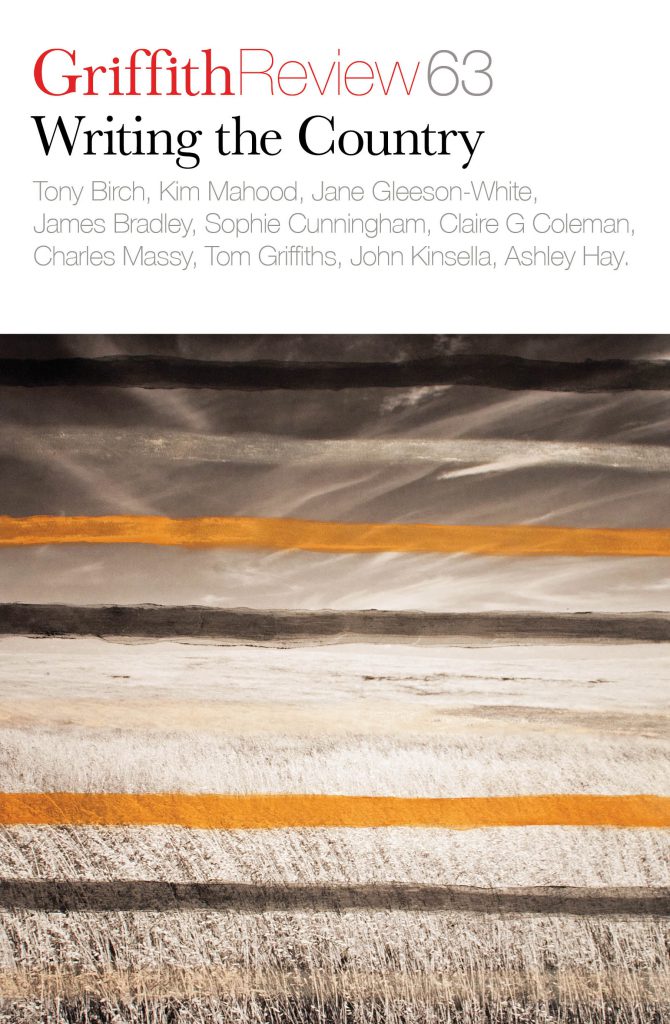Featured in

- Published 20190205
- ISBN: 9781925773408
- Extent: 264pp
- Paperback (234 x 153mm), eBook

Already a subscriber? Sign in here
If you are an educator or student wishing to access content for study purposes please contact us at griffithreview@griffith.edu.au
Share article
More from author

Weather and mind games
EssaySelected for The Best Australian Science Writing 2014AS A TEENAGER I read Charles Darwin's Voyage of the Beagle and was intoxicated by the glimpse...
More from this edition

Crossing the line
EssayIMAGINE AN AIRPLANE flying north from Brisbane to Cairns. In just over two hours, it will cover nearly 1,400 kilometres of Australia’s eastern coastline and add 340 kilograms of carbon dioxide to each of its passengers’ personal carbon footprints.

Outlier
GR Online Rock figs and eucalypts on the steep sandstone ridge above the Shoalhaven River at Bundanon. I HAVE BEEN doing this every day now, hiking then...

Valuing country
EssayIT WAS READING Alexis Wright’s novel Carpentaria (Giramondo, 2006) in 2007 that introduced me to the idea of ‘country’: land as a living being...